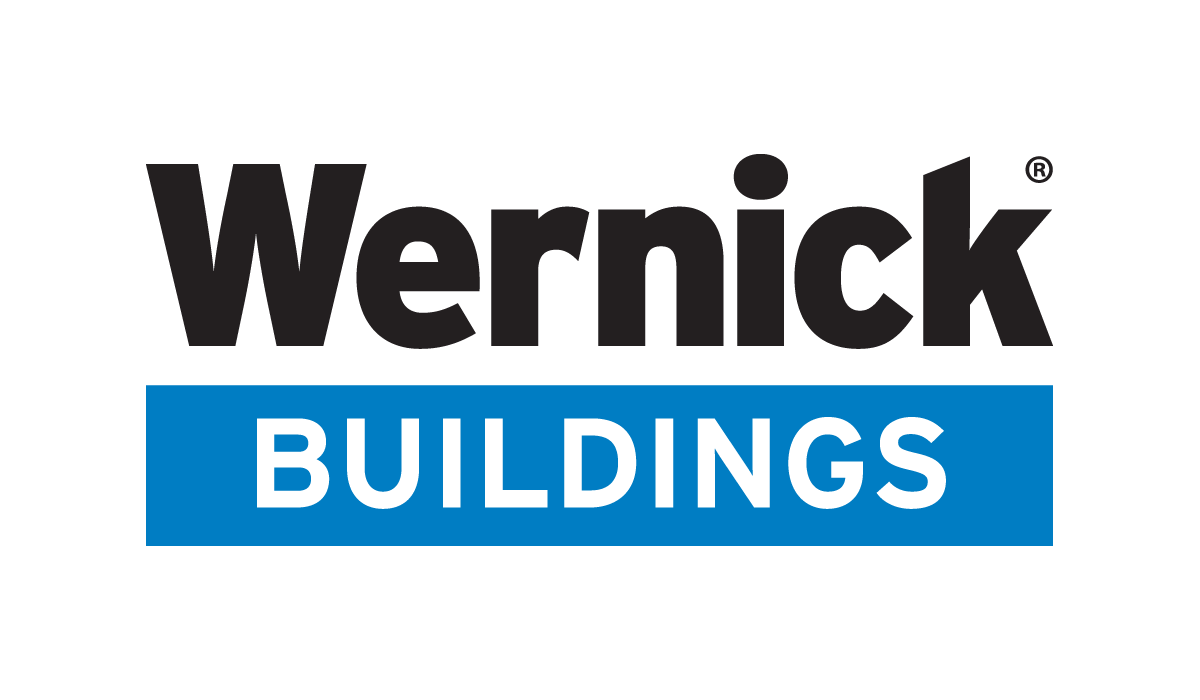 Add My Company
Add My Company
Sign In
THE CIRCULAR ECONOMY
06-12-2020

In this post I would like to talk about an idea that is steadily gaining traction and support from companies trying to combat waste; that of a circular economy.
The idea is very straightforward. It argues current systems of production follow a linear progression of extracting raw materials from the environment, manufacturing a product, then disposing of that product in such a way that it is no longer of any benefit to either the environment or other potential users.
A circular economy attempts to link the first and last stages; with sustainably sourced materials that can safely re-enter the environment, or components that can be reused in other products without re-entering the environment.
This, of course, is my cue to start talking about modular buildings. At first glance, there seems to be an obvious conflict between the circular economy and construction. As manufacturers of buildings, we are loathe to design a building with its disposal in mind. We would like our buildings to stand for decade after decade, even at the expense of ease of disposal. This in its own way is also environmentally friendly, as the longer a product lasts, the less often it needs to be replaced, and therefore the smaller the amount of raw materials that need to be taken from the environment. It is also worth reiterating here that thanks to controlled factory conditions, what little waste there is can be easily segregated for recycling.
The more obvious demonstration of our place in a circular economy is that if you purchase a modular building, you are able to sell the building on to another user, even if it may require relocating. In some respects this transaction is already circular; nothing has been extracted from, or introduced to, the environment.
To continue the example, if this used building has sustained some damage, it is often simple to replace the broken components, rather than dispose of the entire unit or building. This can be as simple as replacing a ceiling tile up to replacing entire wall panels. Even the most haggard looking buildings may have perfectly usable components that can be extracted and reused.
We can, after all, think of the units that comprise our buildings as simply a collection of assembled components, which can be replaced or reused. Modular units themselves are components of a completed building.
Having the technical knowledge to be able to extract and reuse these components seems to me to be the most difficult stage. Entire businesses revolve around recycling certain products, most notably mobile phones. We are fortunate that in the Wernick Group, we have our own company dedicated to the recycling, or more accurately the refurbishment, of modular buildings.
At Wernick Refurbished Buildings, who will be relocating to a larger site later this year to accommodate their growing business, we pride ourselves on giving a used building a new lease of life. Increasingly people are coming to the realisation that a used building is not necessarily of a lower quality, but is most certainly good for their budget as well as the environment.
Of course, as a business we represent only a small part of the circle and our suppliers and customers must also play a part. I do believe, however, that this type of thinking will only become easier and easier to implement as improvements are made in sustainable materials and construction designs, and I look forward to seeing both in the future.
For more information on THE CIRCULAR ECONOMY talk to Wernick Buildings Ltd
Enquire Now
More News
List your company on FindTheNeedle.
